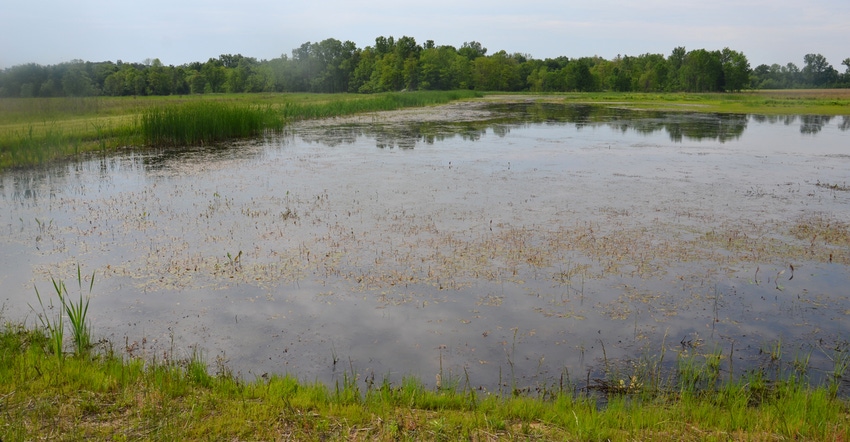March 1, 2021

Three Indiana state senators are proposing bold legislation in the 2021 session. Sens. Chris Garten of Charlestown, Mark Messmer of Jasper and Linda Rogers of Granger wrote Senate Bill 389, which would repeal the Indiana Department of Environmental Management’s authority to regulate isolated wetlands.
Wetlands that are regulated under Indiana’s current state law are called isolated wetlands. They are not directly connected at the surface level to lakes, rivers or streams. However, that doesn’t mean they aren’t important or don’t contribute environmental benefits.
The history of wetland regulation in the United States, not just in Indiana, is complicated. In 2001, the U.S. Supreme Court ruled in SWANCC v. U.S. Army Corps that the federal government didn’t have the authority to regulate isolated wetlands. That was interpreted to mean that they couldn’t regulate wetlands that were not adjacent to federal waters.
After political jockeying, the Indiana General Assembly created a state wetlands statute and permitting program, which gave IDEM jurisdiction over these wetlands.
Controversial issue
Expect some environmental groups to line up against this move to repeal IDEM’s authority. Some fear these wetlands will no longer be protected.
Today, if you want to work in an isolated wetland, you need a permit from IDEM. The problem comes when there is disagreement over what is a wetland, or how many acres of new wetland someone should create elsewhere if they remove an acre of wetland. This process, called mitigation, if pursued overzealously, could require someone to restore several acres of wetland for each acre they disturb.
Indiana Farm Bureau supports SB 389. What it boils down to for INFB members is that the current system can hamstring farmers who are just trying to manage their operations responsibly.
“Indiana Farm Bureau supports protecting water quality, wetlands and the environment as a whole, which is why many or our members use a number of conservation practices on their operations,” says Andy Tauer, INFB public policy director.
“Part of what farmers do on the farm,” he says, “helps improve the environment and protect wetlands — whether through cover crops, buffer strips or precision ag. INFB supports the idea of minimizing the layers of government and streamlining the process that members have to go through concerning wetland permits.”
In 2020, Steve Slonaker, a farm manager and farmer near Centerville, raised concerns that the Indiana Division of Natural Resources had undue authority to regulate waterways in Indiana. IDNR stopped him from cleaning out the second half of a ditch bank that he started clearing without permits a few years before, until he got a permit. He felt those layers of bureaucracy hindered his ability to best manage his farmland.
While SB 389 deals with IDEM and isolated wetlands and not ditches per se, there is a parallel. In some cases, working in waterways can lead to instances where IDEM permits are also required. What Slonaker found frustrating was that just trying to figure out which permits were required and from whom was a time-consuming, aggravating process.
Whatever the outcome for SB 389, let’s hope common sense prevails in the future. To us, it makes sense to let the people who live on the land and know the land best have the opportunity to make responsible decisions when it comes to their property.
You May Also Like




